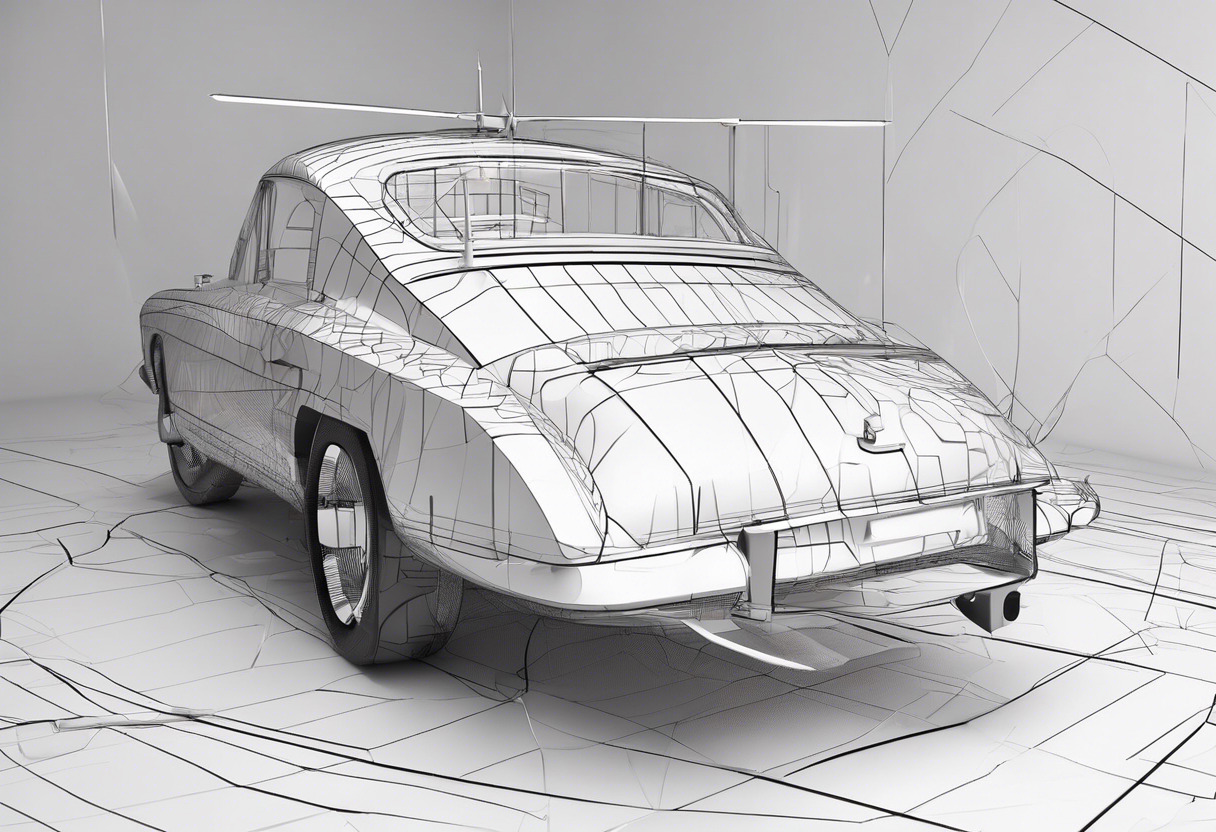If 3D modeling and photorealistic animations are your lead, opt for Cinema 4D. For a greater emphasis on game development with a wider platform range and flexibility, choose Unreal Engine.

Key Differences Between Cinema 4D and Unreal Engine
- Primary Use: Cinema 4D excels in motion graphics and animation, while Unreal Engine is oriented towards game development.
- Pricing: Cinema 4D operates on a subscription model starting at $94/month, whereas Unreal Engine is free for all users, charging 5% of revenue over $1 million for commercial use.
- Community and Support: Both have active communities, but Unreal Engine provides a marketplace for developers to sell their creations.
- Platform Compatibility: Unreal Engine supports a wide range of platforms including desktop, mobile, console, and VR; Cinema 4D’s is more desktop oriented.
| Comparison | Cinema 4D | Unreal Engine |
|---|---|---|
| Model Type Supported | 3D Modeling | 3D Game Engine |
| Operations Technique | Hierarchical list for object management | Level editor, constructing solid geometry operations |
| Fee Structure | $94/month or $719/year, $3,495 for perpetual license | 5% of revenue over $1 million; waived for games published on Epic Games Store |
| Community Support | Active community offering support and knowledge sharing | Public accessibility with other developers via Marketplace |
| Recent Software Improvements | Fit circle, straighten edges, flatten components, close polygon hole in grid, equal spacing | New releases include features from acquired companies, i.e., Quixel |
| Offerings for Education | Educational access $9.99 for 6 months | Free access for schools and universities |
What Is Cinema 4D and Who’s It For?
Cinema 4D is an advanced 3D modeling software that excels in crafting visually striking motion graphics. Packed with an extensive suite of tools, including Polygonal modeling, volume modeling, sculpting tools, poly pen and a material system, it equips artists to create animations, characters and creatures with photorealistic materials. The user-friendly interface, along with the hierarchical list for object management and geometry objects, helps you navigate, manipulate, animate and create exceptional 3D visual effects. Its dynamic simulation system facilitates creation of cloth, soft bodies, and rope materials. Cinema 4D is intended for professionals, students, and enthusiasts in the field of graphics and animation.

Pros of Cinema 4D
- Advanced and comprehensive 3D modeling tools
- Enhanced GUI for user-friendly experience
- Regular updates and significant improvements
- Strong user community for support and knowledge sharing
- Flexible pricing options including educational access
Cons of Cinema 4D
- Costlier than some other 3D modeling software
- A learning curve for beginners
What Is Unreal Engine and Who’s It For?
Unreal Engine (UE) is a power-packed 3D computer graphics engine developed by Epic Games, used in diverse industries including gaming, film and television. Written in C++, it debuted in 1998 with the game Unreal. Today, it supports a broad spectrum of platforms, reaching from desktop to VR. With the release of UE5 in April 2022, it propels interactive 3D creations to the next level. Unreal Engine, developed for game designers, visual effects artists, and VR/AR professionals, offers a multipurpose solution for developing engaging experiences.

Pros of Unreal Engine
- Over two decades of development and support
- Wide range of applications in different industries
- Strong support for modding
- Generous revenue sharing on Unreal Engine Marketplace
- Gets regular updates and streamlined releases
Cons of Unreal Engine
- High complexity for beginners
- Heavy system requirements for smooth operation
Code Examples for Cinema 4D & Unreal Engine
Cinema 4D
This code snippet utilizes MoGraph module in Cinema 4D to create dynamic typographic motion graphics. The prerequisites for this code to function optimally are a basic understanding of MoGraph and the Python SDK in Cinema 4D.
# Importing the necessary modules
import c4d
# Main function to create a MoText object
def main():
c4d.CallCommand(10005)
motext = c4d.BaseObject(c4d.Motext)
doc.InsertObject(motext)
# Creating a MoText object
main() Unreal Engine
This provided example focuses on creating a simple Player character in Unreal Engine. It employs the C++ programming language, and having basic knowledge about Unreal’s C++ workflow will be beneficial for understanding and modifying this code.
// Headers and modules
#include "GameFramework/Character.h"
#include "CoreMinimal.h"
// Player character class
class AMyPlayerCharacter : public ACharacter
{
GENERATED_BODY()
public:
AMyPlayerCharacter();
protected:
// Called when the game starts or when spawned
virtual void BeginPlay() override;
public:
// Called every frame
virtual void Tick(float DeltaTime) override;
// Called to bind functionality to input
virtual void SetupPlayerInputComponent(class UInputComponent* PlayerInputComponent) override;
};Remember that these code examples are essentially templates; they are meant to serve as starting points and can be expanded or modified to suit your unique project requirements. Furthermore, ensure you have the necessary frameworks and dependencies installed for the provided code to run properly.
Choosing Your Game Developer: Cinema 4D or Unreal Engine?
In the digital sphere of development and design, prioritizing tools is a critical decision, your choice between Cinema 4D and Unreal Engine depends on your specific requirements and expertise. Let’s dissect it for various audience segments and deduce our verdict.
3D Graphic Animators
For 3D Graphic Animators who crave a comprehensive set of tools, including polygonal modeling, parametric objects, and a hierarchical list for easy object management, Cinema 4D is your go-to. With its features, you’ll create photorealistic materials and dynamic animations; from characters to creatures, they come to life within this system. Plus, with new improvements in the S26 and 2023 releases, your workflow is only bound to get better.

Game Developers
Game Developers, if your goal is to develop innovative, high-performance games efficiently, the native C++ Unreal Engine (UE) is your powerhouse. Its support for a wide range of platforms, including desktop, mobile, console, and virtual reality platforms, is unmatched, making your game evolution morph into reality with ease. Moreover, the royalty model waived for games published on the Epic Games Store acts as a sales booster and monetization channel.

An Education-based Segment
For the ed tech populace developing learning tools and college undergrads – Unreal Engine reigns supreme. Epic Games have set the bar high by making the Unreal Engine free for schools and universities, fueling knowledge spread across the next-gen creators.

Independent Modders
For those modding enthusiasts out there, Unreal Engine affords you an open playing field. The UE3 level was celebrated for its flexibility, and the introduction of the Unreal Development Kit in 2009 only compounded its applaud. Its support for iOS game creation can’t get any better.

How do Cinema 4D and Unreal Engine measure up? For comprehensive 3D graphic animation tools, Cinema 4D should be your go-to. However, Unreal Engine paves the path for game development, free educational access, and modder-friendly attributes. Ultimately, your choice depends on the goal – select what serves your creative intention best.
Patrick Daugherty
Content writer @ Aircada. Merging AR expertise with a love for late-night gaming sessions.





